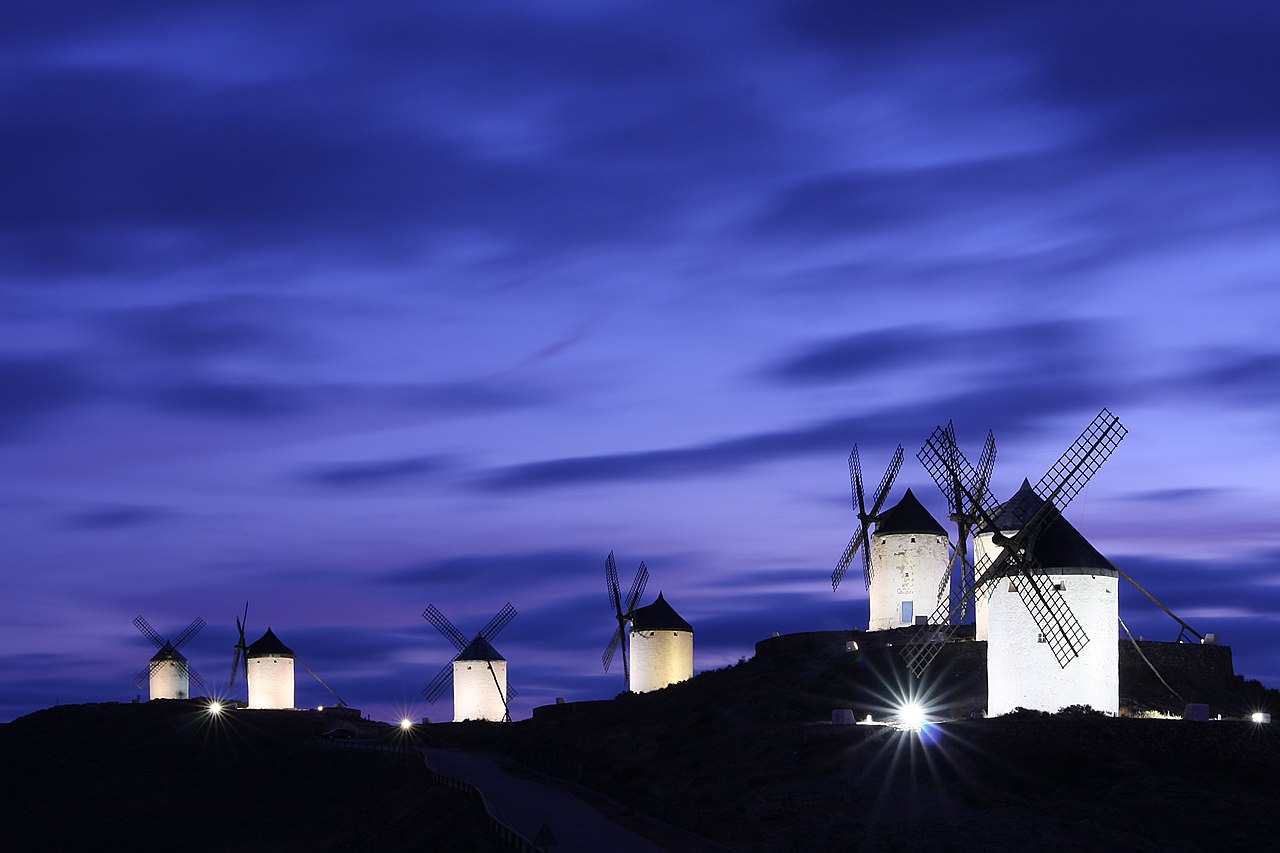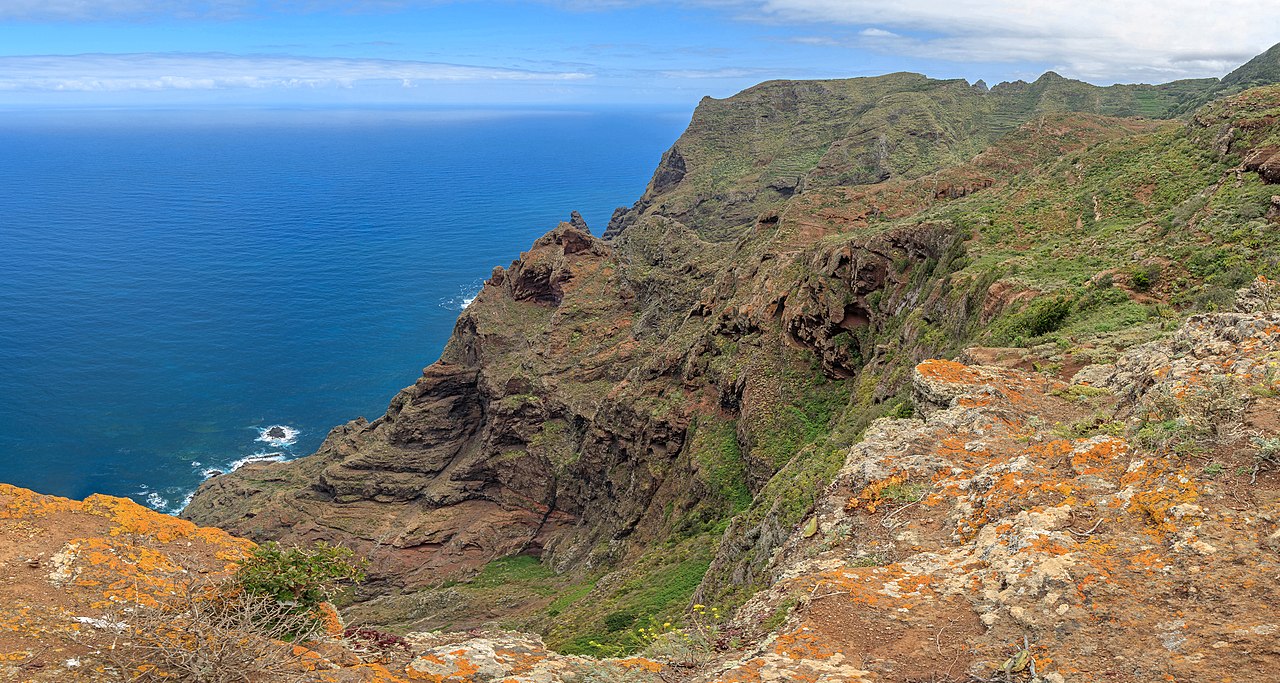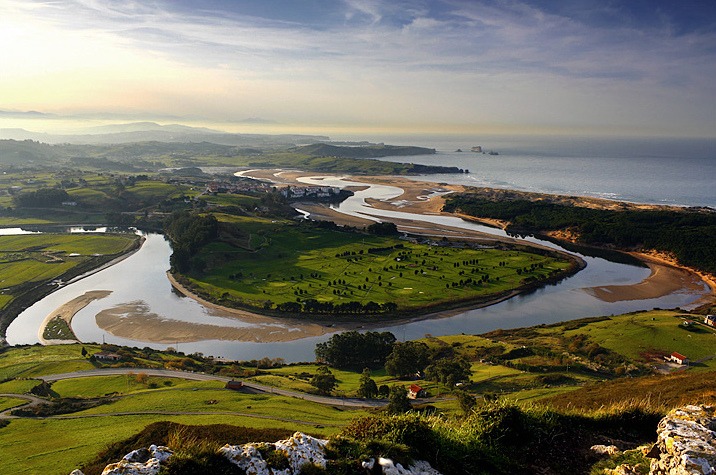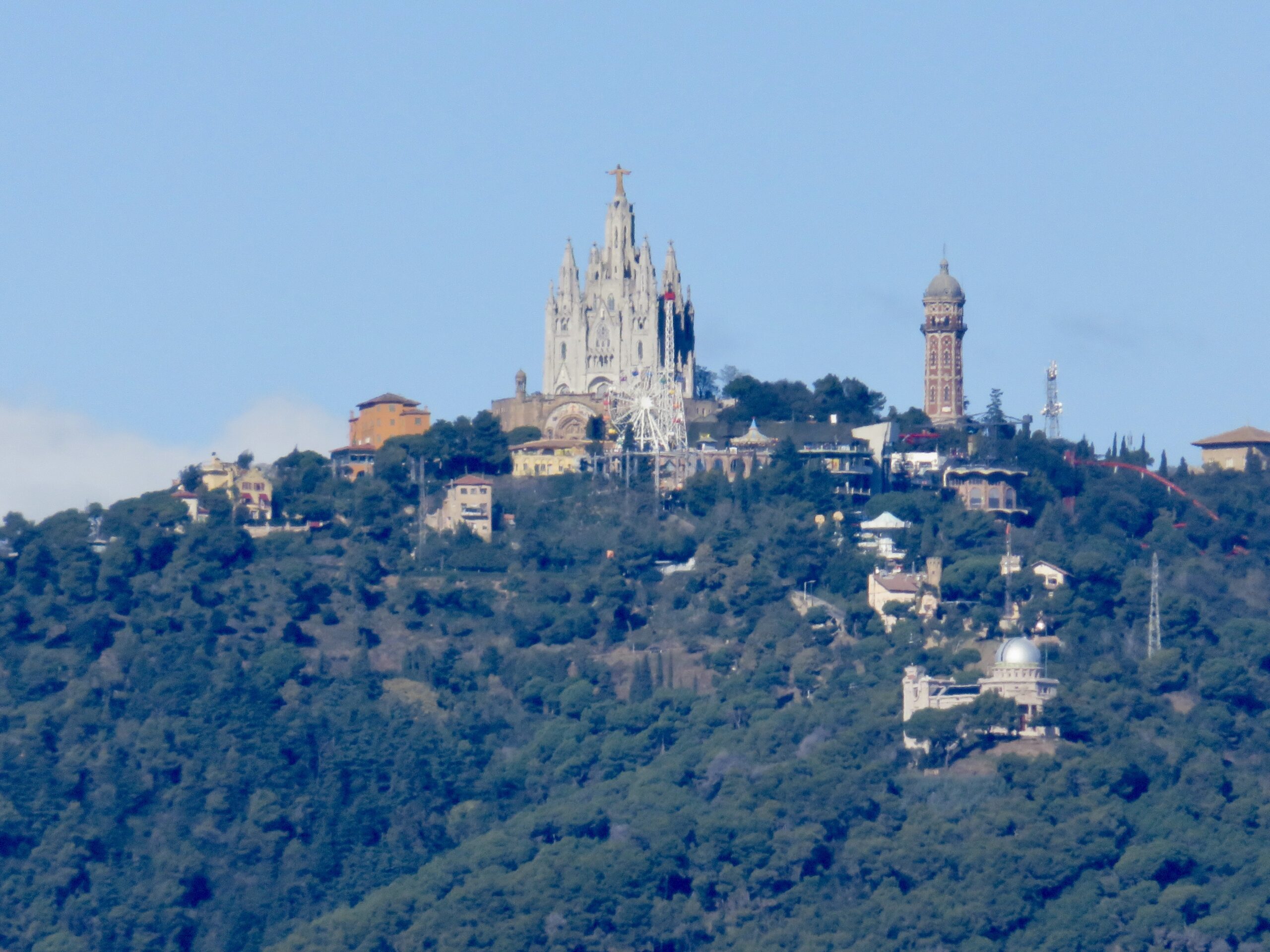Castilla-La Mancha enchants visitors with its stunning landscapes, rich cultural heritage, and delicious cuisine. Whether you’re exploring historic towns, hiking through beautiful natural parks, or savoring local dishes, Castilla-La Mancha offers a memorable and enriching travel experience.
Getting There and Around
Castilla-La Mancha, located in central Spain, is a region known for its rich history, charming towns, and beautiful landscapes. The main gateways to Castilla-La Mancha are Adolfo Suárez Madrid-Barajas Airport, offering international flights, and nearby airports in Valencia and Alicante. The region is well-connected by train and bus services, with major routes passing through cities like Toledo, Albacete, and Cuenca. Renting a car is a convenient option for exploring the region, particularly for accessing rural areas and smaller towns. Public transportation within cities includes buses, and many towns are pedestrian-friendly.
Top Attractions
- Toledo: A UNESCO World Heritage site, Toledo is known for its stunning medieval architecture, winding streets, and rich cultural heritage. Highlights include the Toledo Cathedral, Alcázar of Toledo, and the El Greco Museum.
- Cuenca: Another UNESCO World Heritage site, Cuenca is famous for its “hanging houses” (casas colgadas) perched on cliffs. The city’s historic center, the Cuenca Cathedral, and the Museum of Abstract Art are must-sees.
- Alcalá del Júcar: This picturesque village is known for its dramatic setting along a gorge, with whitewashed houses, a medieval castle, and a charming riverside area. The village also has cave houses carved into the cliffs.
- Almagro: Renowned for its well-preserved 16th-century architecture, Almagro’s highlights include the Plaza Mayor, the Corral de Comedias (a historic open-air theater), and the National Theater Museum.
- Consuegra: Famous for its iconic windmills and a well-preserved castle, Consuegra offers visitors a glimpse into the region’s history and the setting of Miguel de Cervantes’ “Don Quixote”.
- Las Tablas de Daimiel National Park: A beautiful wetland area that is perfect for bird watching, hiking, and enjoying nature. The park is home to a variety of bird species and other wildlife.
Culture and Cuisine
Castilla-La Mancha’s cultural heritage is deeply rooted in its history, with influences from Roman, Moorish, and Christian civilizations. The region is known for its traditional festivals, such as the Corpus Christi in Toledo, which features elaborate processions and decorations, and the Albacete Fair, a lively event with rides, music, and food.
Castilian-La Mancha cuisine is hearty and flavorful, emphasizing local ingredients and traditional recipes. Must-try dishes include pisto manchego (a vegetable stew), migas (fried breadcrumbs with garlic and chorizo), gazpacho manchego (a game meat stew with flatbread), and carcamusas (a pork and vegetable stew). The region is also famous for its Manchego cheese, made from sheep’s milk, and its excellent wines, particularly those from the La Mancha and Valdepeñas wine regions. Don’t miss trying mazapán (marzipan) from Toledo and bizcochá (a type of sponge cake).
Shopping
For shopping enthusiasts, major cities like Toledo and Cuenca offer a mix of local boutiques, specialty stores, and artisan shops. Historic centers are ideal for finding unique souvenirs, handcrafted goods, and traditional Castilian-La Mancha products such as ceramics, leather goods, and textiles. Local markets, like the Mercado de San Agustín in Toledo and the Mercado de Abastos in Cuenca, are great places to buy fresh produce, local delicacies, and artisanal goods.
Day Trips
Castilla-La Mancha’s diverse landscape and rich history make it ideal for day trips:
- Sigüenza: A historic town known for its medieval castle, Romanesque cathedral, and charming old town. The town’s cobbled streets and well-preserved buildings make it a delightful destination.
- Campo de Criptana: Famous for its traditional windmills that inspired Cervantes’ “Don Quixote,” this town offers stunning views of the surrounding plains and a glimpse into Spain’s literary history.
- Ruidera Lakes: A natural park featuring a series of beautiful lagoons and waterfalls, ideal for swimming, hiking, and enjoying the outdoors. The park is a haven for nature lovers and outdoor enthusiasts.
Practical Tips
- Best Time to Visit: Spring (April to June) and Fall (September to November) offer mild weather and fewer tourists. Summers can be hot, particularly in the plains, while winters are cold but quieter.
- Language: Spanish is the official language. While English is spoken in tourist areas, learning some basic Spanish phrases can enhance your experience and interactions with locals.
- Safety: Castilla-La Mancha is generally safe, but as with any tourist destination, be mindful of your belongings in crowded areas and tourist sites to avoid pickpocketing.





